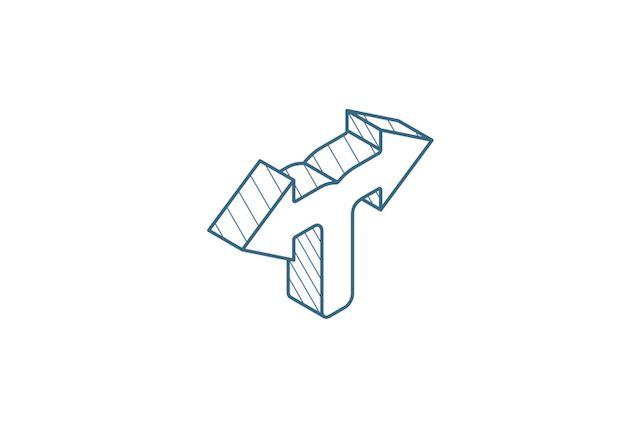As credit trends have taken diverging paths, investors should more selectively and carefully anticipate the default risk of their investments in the next years.
In a report on global credit conditions, S&P Global Ratings wrote: “Macroeconomic and credit trends point to a widening gap in credit risks across regions and industries in the year to come.
“In an environment of low or even negative interest rates, yield-hungry investors tend to go further down the credit spectrum toward riskier credits. We observe an increasing gap between expected default rates implied by market indicators and our default forecasts based on credit fundamentals.”
Full recovery to begin from 2023
The firm’s credit experts identified increasingly diverging trends by sectors as to when rated corporates might recover to their pre-covid credit metrics.
Most sectors face some challenges and aren’t likely to fully recover this year or next.
Among the sectors that appear likely to navigate the crisis with little or no effect on their creditworthiness, it included technology, consumer staples, retail essentials, homebuilders, and health care.
The prognosis for the worst hit sectors differs slightly depending on the region.
In Apac, auto, retail, airlines and the oil & gas sector will recover last (2023 and beyond).
S&P Global forecasts that, in North America, the recovery will take the longest for the hotel, out-of-home entertainment and auto industries (by 2023).
Sectors that will recover in Emea by 2023 are auto and leisure, while the commercial aerospace, retail and airline industries are expected to return to 2019 levels after 2023 (see charts).



Default risks
Negative rating actions have affected between 60% and 80% of rated corporates globally, in sectors such as capital goods, transport, auto, media and entertainment, and energy.
While downgrades have slowed, negative outlooks are at unprecedented highs. This is the case for both non-financial corporates (37%) and banks (30%), S&P Global said.
Since the pandemic started, as much as 90% of defaults stem from companies rated in the ‘CCC’ category, pointing to the over proportional high risk of weaker credits.
The authors of the report estimate that the speculative-grade corporate default rate will double by June 2021 to 12.5% in the US from the current 6.2%, and to 8.5% in Europe from 3.8%.
Global risks and volatility
“In terms of market sentiment, despite the scale of central bank support, we can’t rule out episodes of volatility and constrained access to financing,” the authors said.
Among the risks in its base case scenario, S&P Global flagged extended covid-19 containment measures and transition to post-covid policies, corporate solvency risk, new highs in government debt, struggling emerging markets, economic nationalism and geopolitical tensions, as well as mounting environmental, social and governance (ESG) risks.
A wave of business failures among more affected sectors, notably for SMEs, could be prompted by pandemic spikes and renewed lockdowns if no fiscal support measures are provided.
Meanwhile, the actual credit damage from the pandemic will be more fully revealed in weaker economies and corporate sectors where demand will largely disappear, once exceptional support measures gradually come to an end (see chart below).

Full credit damage still unclear
Despite better-than-expected bounces in the US, the eurozone, and China, healing the global economy will take time. Some emerging markets will suffer sizeable permanent income losses, the report suggests.
A vaccine is expected to provide a modest upside.
However, the authors write that “it’s likely to take several years until the full credit damage of the pandemic is uncovered”.







